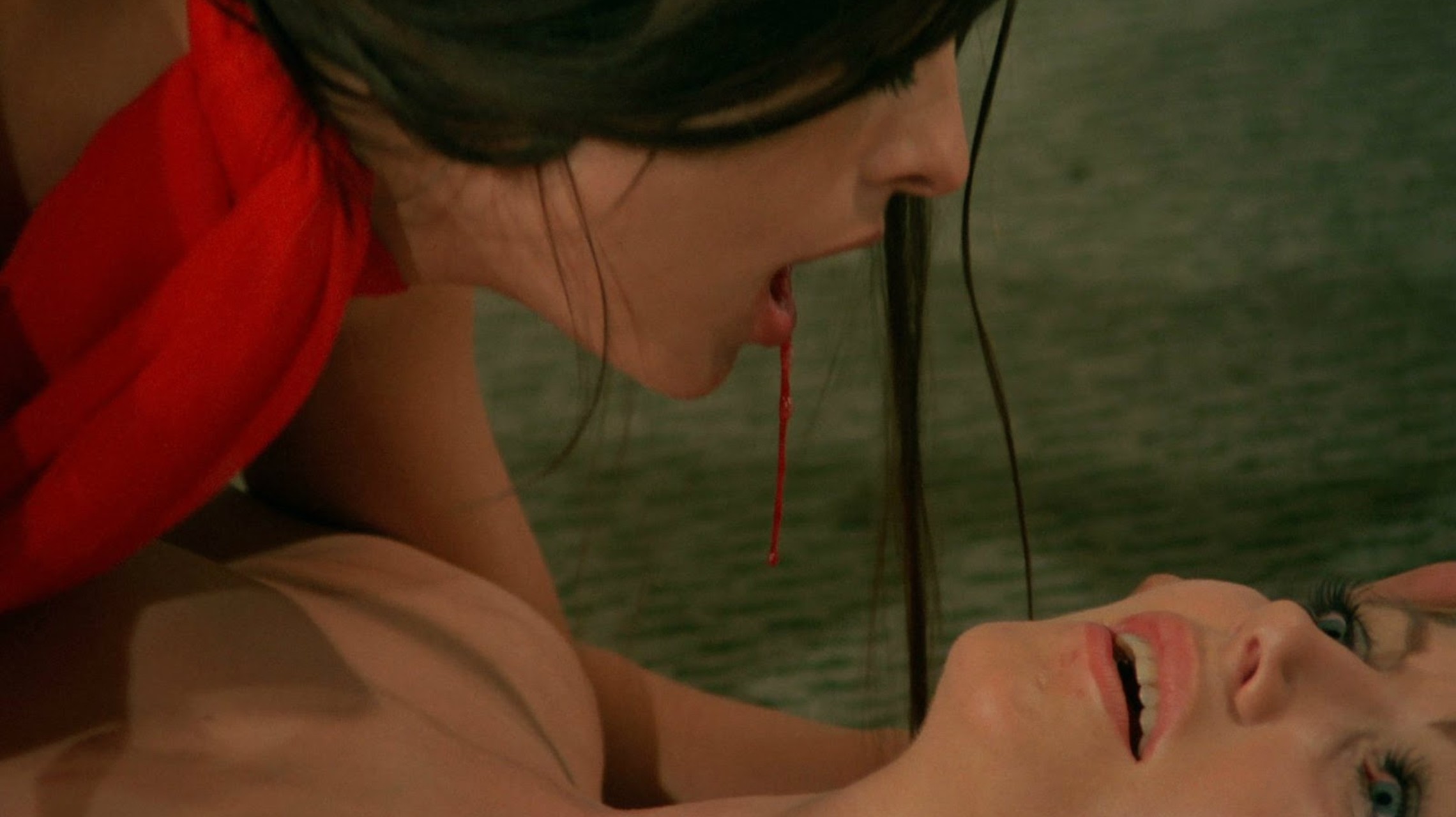Jan Verwoert, “Masters and Servants or Lovers: On Love as a Way to Not Recognize the Other,” in Tell Me What You Want, What You Really, Really Want, ed. Vanessa Ohlraun (Sternberg Press, 2010).
Allucquére Rosanne Stone, “Identity in Oshkosh,” in Posthuman Bodies, eds. Judith M. Halberstam and Ira Livingston (Indiana University Press, 1995).
For an in-depth history of WoD, see the 2017 documentary World of Darkness →.
This phrase describing the magic circle as a membrane is often circulated without attribution, but I believe its original usage is from Edward Castronova, Synthetic Worlds: The Business and Culture of Online Games (University of Chicago Press, 2005).
The evolution of game worlds is led by players as much as by the official franchise. It’s important to note that player communities adopt the rules of a game but develop their own in-game cultures and modes of play. Anyone could theoretically organize a game anywhere, so it’s not possible to comprehensively track their individual evolutions.
This is by no means the only larp anthology, but it is one of the most comprehensive regarding a specific time period of experimental but high-production larp design from the mid-90s to the late-2000s in the Nordic countries. Nordic Larp, eds. Jaakko Stenros and Markus Montola (Fëa Livia, 2010).
Europa was the second in a series following AmerikA (2000), which was designed according to a manifesto with aesthetic and functional rules for larp called “Dogma 99.”
See →.
End of the Line was produced by Participation Design Agency for White Wolf Publishing. It was created by Bjarke Pedersen, Juhana Pettersson, and Martin Ericsson, with consent and calibration mechanics by Johanna Koljonen. The larp is based on Vampire: The Masquerade by White Wolf Publishing AB.
Another way of thinking of what happens in-game is the diegetic versus the non-diegetic. If you need to take a break from a scene because it’s overwhelming, can your character think of an excuse to do so? Or do you need to “tap out” and exit as a player? Does day become night according to the real circadian rhythm or is it simulated at a different speed through light changes? Is the liquor you’re drinking “real” or is it Kool-Aid?
Interview with Johanna Koljonen, May 14, 2019, Berlin.
A user of the popular multiple user domain LambdaMOO described the chat room as a place “where looks don’t matter and only the best writers get laid.”
Interview with Johanna Koljonen, May 14, 2019, Berlin.
Anne Carson, “What Does the Lover Want from Love?” in Eros: The Bittersweet (Dalkey Archive Press, 1998), 30, 69.
A version of this essay was first given as a talk at the book launch for the e-flux reader What's Love (or Care, Intimacy, Warmth, Affection) Got to Do with It? in July 2017 at Miss Read fair, Berlin. Another version was given at Kunstverein Harburger Bahnhof, Hamburg, in August 2018. Several similar ideas were explored in the October 2017 essay “More than a Game” for Frieze. Thanks to Susan Ploetz for the introduction to larp, to Kaye Cain-Nielsen for the invitation, and to Brody Condon and Johanna Koljonen for the conversations.
